Timing for Waterproofing Applications
Waterproofing is a critical component in protecting structures from water intrusion and damage. Proper timing ensures that waterproofing measures are effective and durable, preventing costly repairs and structural issues.

Applied during the initial building phase to prevent water ingress from the outset.
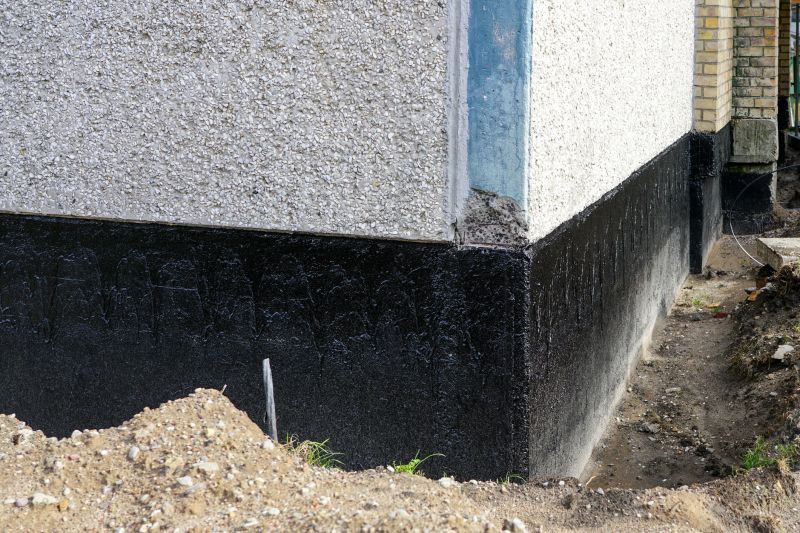
Implemented after building completion to address existing vulnerabilities.
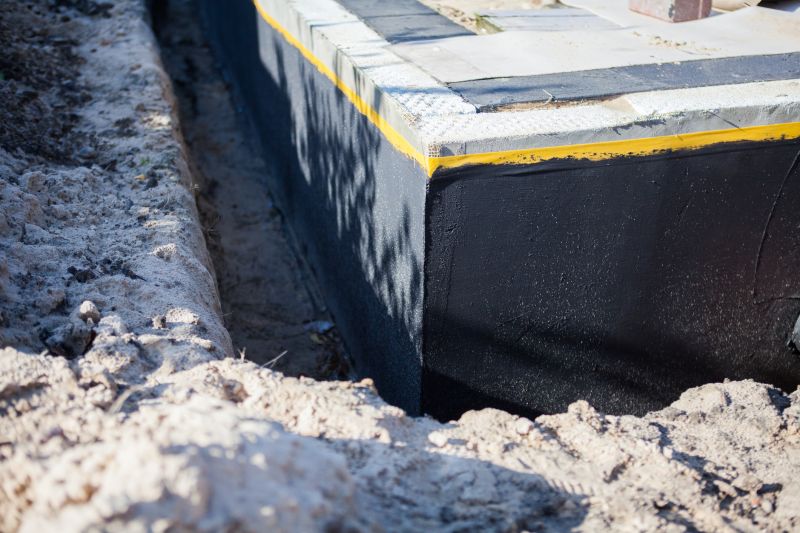
Timing based on weather conditions to maximize effectiveness.
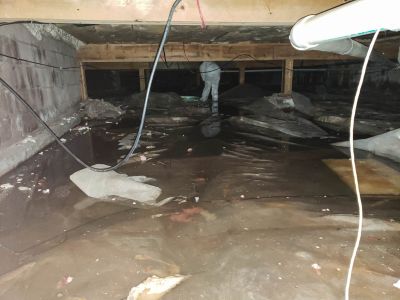
Ways to make Waterproofings work in tight or awkward layouts.

Popular materials for Waterproofings and why they hold up over time.
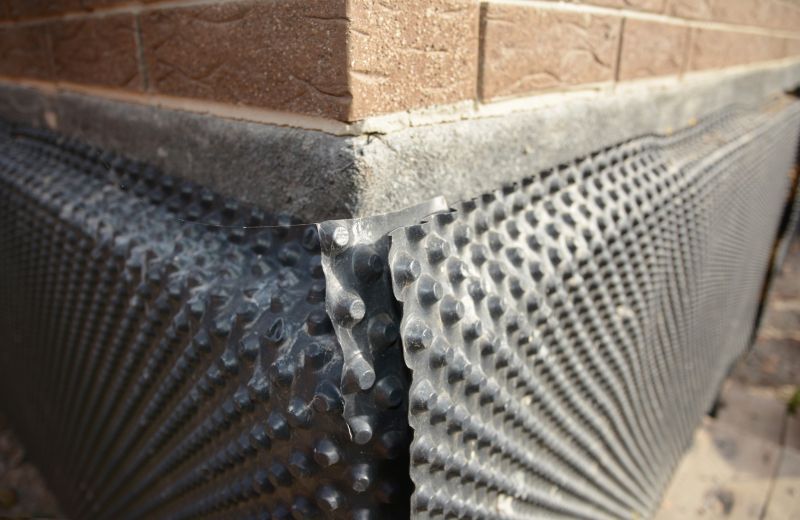
Simple add-ons that improve Waterproofings without blowing the budget.
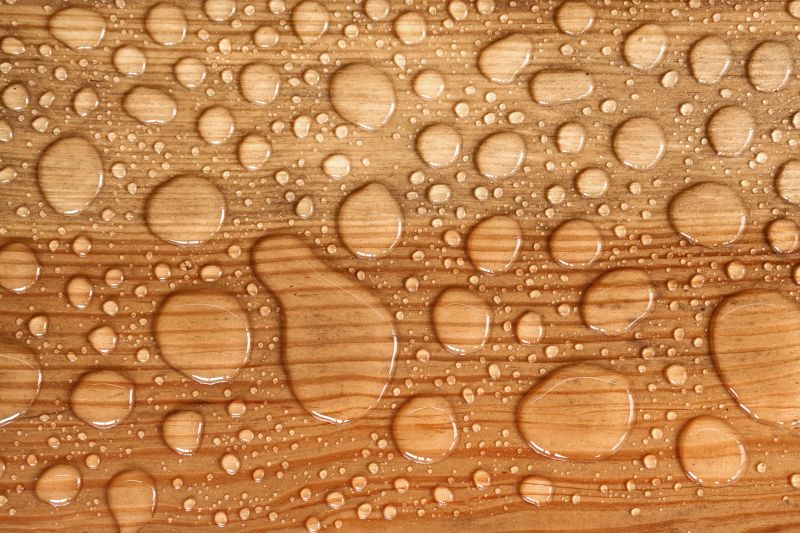
High-end options that actually feel worth it for Waterproofings.
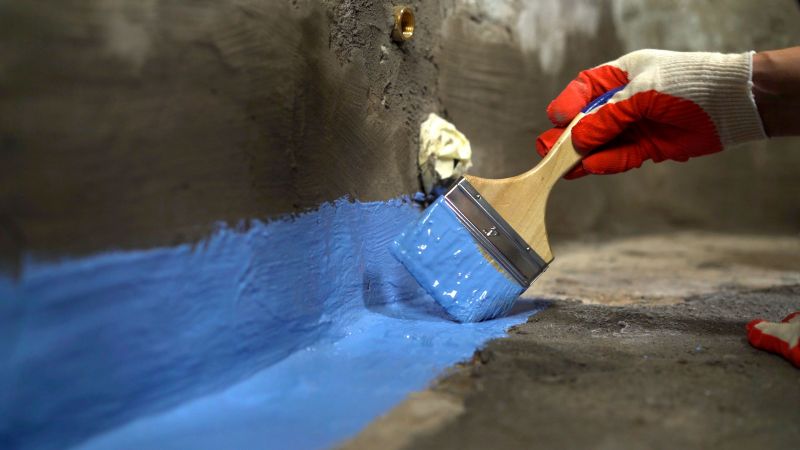
Finishes and colors that play nicely with Waterproofings.
Choosing the optimal time for waterproofing depends on several factors, including weather conditions, construction phase, and material requirements. Typically, the best time is during dry weather periods to ensure proper adhesion and curing of waterproofing materials.
Dry, mild weather with low humidity allows waterproofing products to cure properly and adhere effectively.
Spring and early summer often provide optimal conditions, avoiding freezing temperatures and heavy rainfall.
Timing waterproofing before finishing work prevents damage to surfaces and ensures long-term protection.
Certain waterproofing products require specific temperature ranges for application.
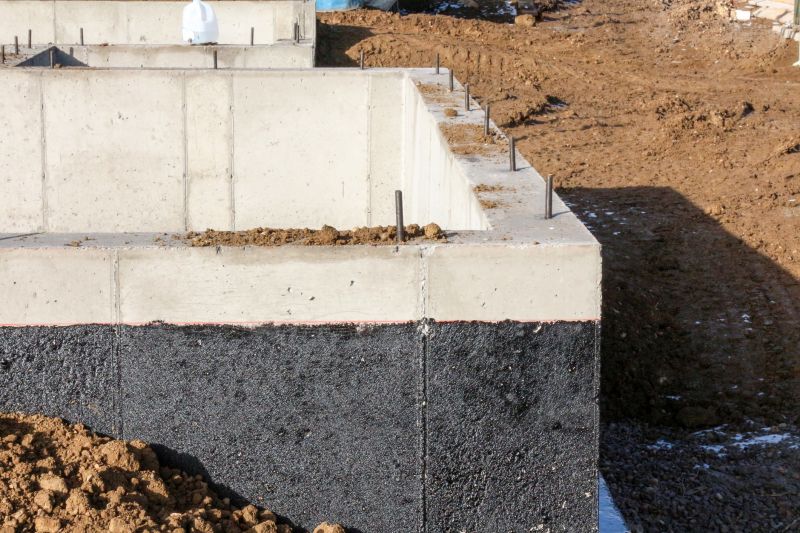
Ensures optimal curing and adhesion.
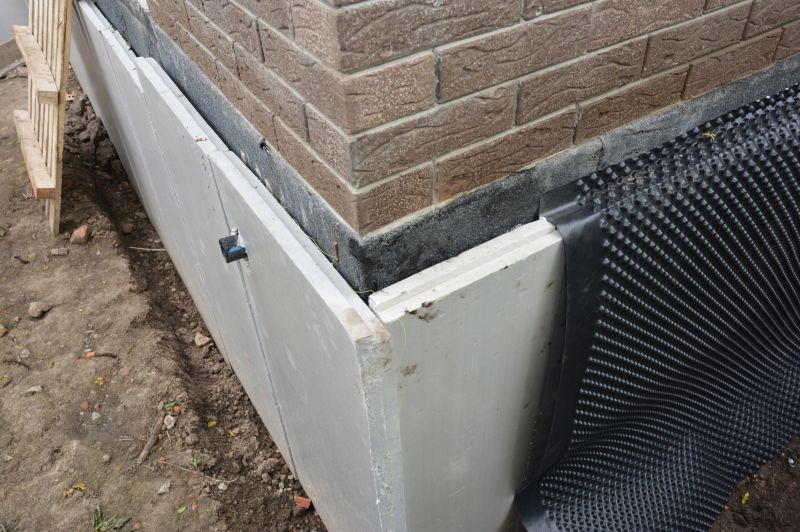
Reduces risk of weather-related issues.

Timing during early building stages enhances protection.

Effective when weather is stable and dry.

A 60-second routine that keeps Waterproofings looking new.

A frequent mistake in Waterproofings and how to dodge it.
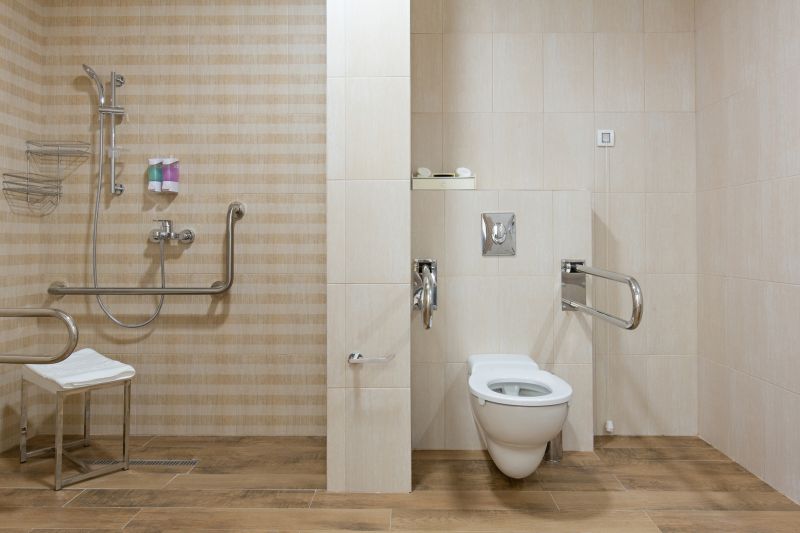
Small tweaks to make Waterproofings safer and easier to use.

Lower-waste or water-saving choices for Waterproofings.
| Aspect | Best Timing Recommendations |
|---|---|
| Pre-Construction | Apply before framing and roofing to prevent water ingress during construction. |
| Post-Construction | Apply after building completion, especially before finishing work. |
| Seasonal | Spring or early summer are ideal for dry weather conditions. |
| Weather Conditions | Avoid application during rain, snow, or freezing temperatures. |
| Material Type | Follow manufacturer guidelines for optimal application timing. |
| Construction Schedule | Coordinate waterproofing with other construction phases. |
| Environmental Factors | Consider local climate patterns to choose the best window. |
| Curing Time | Ensure sufficient dry days for waterproofing to cure properly. |
Waterproofings are essential for maintaining the integrity of buildings and structures. They serve as a barrier against water penetration, which can cause structural deterioration, mold growth, and other issues. Proper timing, combined with quality materials and application techniques, ensures long-lasting protection and reduces future repair costs.
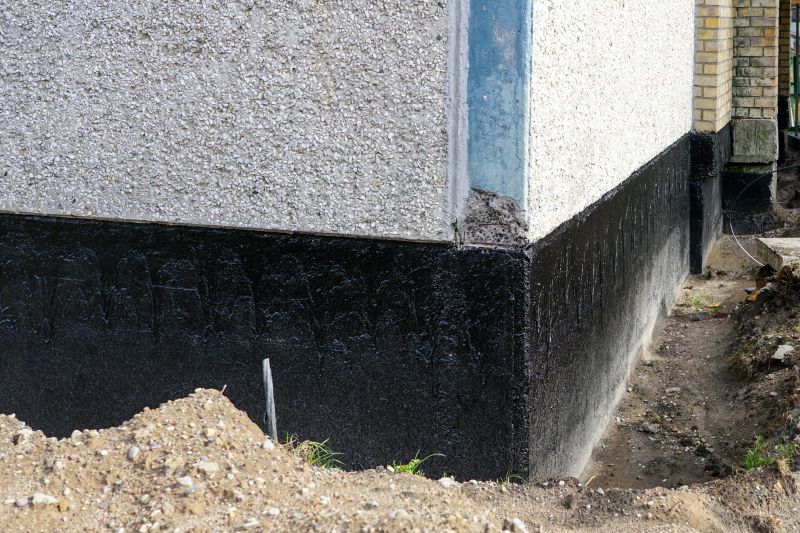
Application during optimal weather conditions ensures durability.
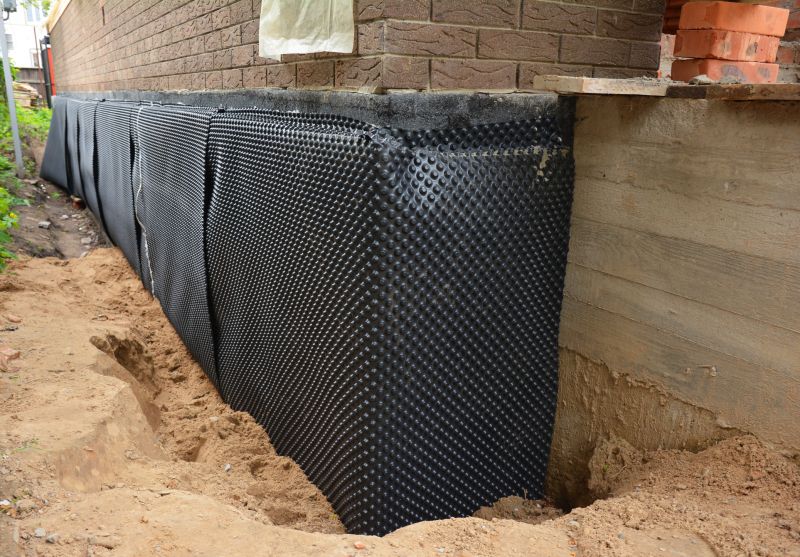
Applied at the right time to safeguard foundations and roofs.
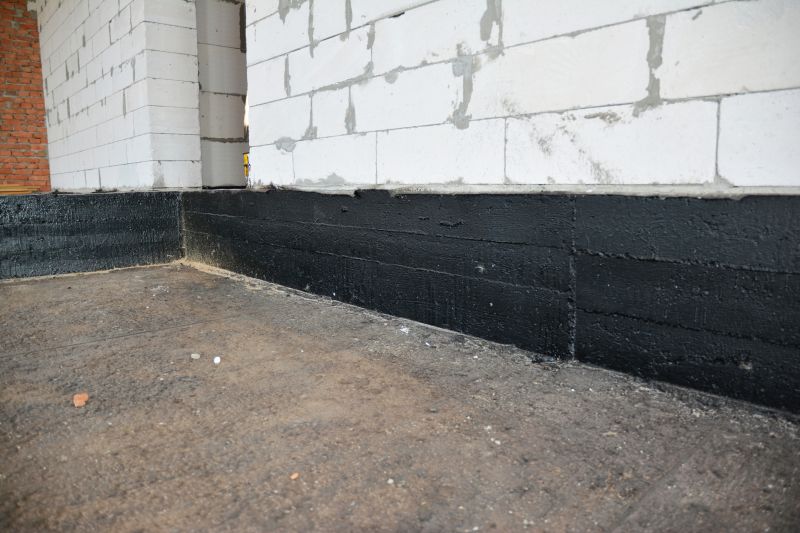
Timing is crucial for effective protection against water damage.

Proper application timing enhances performance and longevity.

The short, realistic tool list for quality Waterproofings.

Rough timing from prep to clean-up for Waterproofings.

Quick checks and paperwork to keep after Waterproofings.
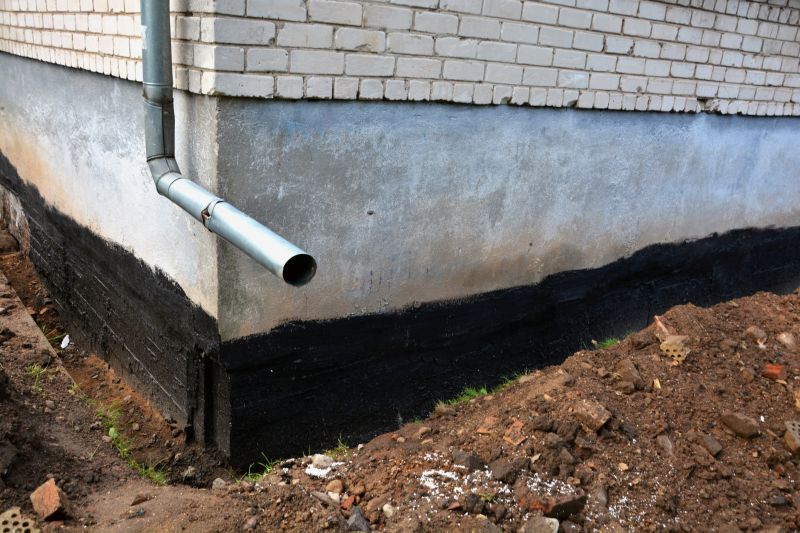
Examples that show the impact a good Waterproofings can make.
Interested in waterproofing services? Filling out the contact form can provide more information and help plan the best waterproofing schedule for specific needs.

